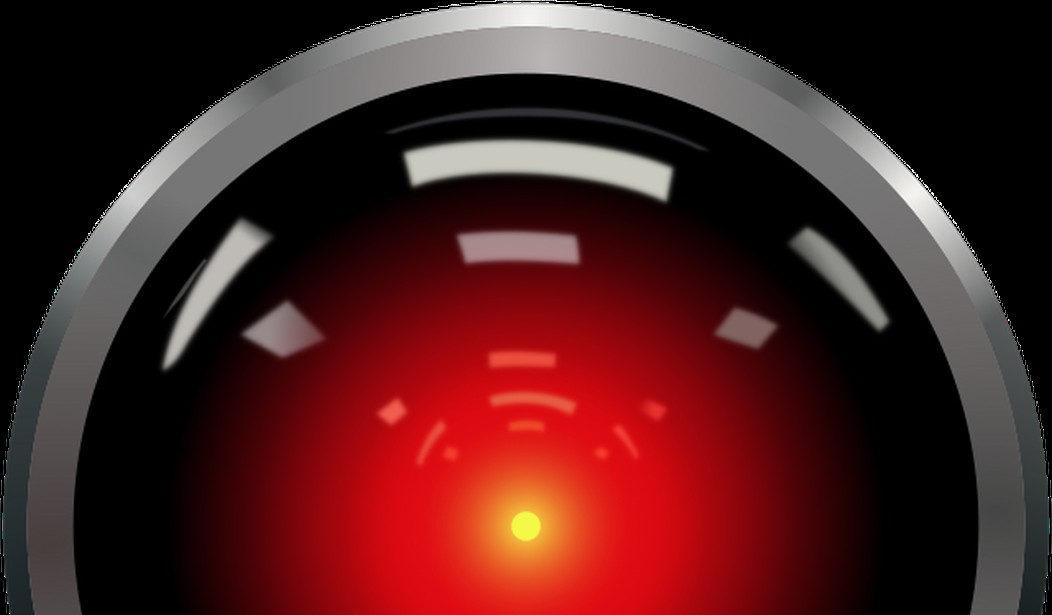You know what? It's Friday, Again! That means it's time for some Sky Candy. We'll start off with some recent history.
Seven good years of Falcon Heavy https://t.co/RIs59UrK0Z
— Elon Musk (@elonmusk) February 6, 2025
And follow it with some NASA history.
41 years ago today: McCandless flying his Manned Maneuvering Unit out nearly 100 meters from Space Shuttle Challenger during STS-41B https://t.co/UweSeF5Uzd
— Jason Major (@JPMajor) February 7, 2025
After last week, I thought we needed some happier history.
NASA astronaut Bruce McCandless II flying untethered above Earth in the Manned Maneuvering Unit, 320 feet (98 meters) away from space shuttle Challenger during STS-41B on February 7, 1984. #OTD pic.twitter.com/3wLTXBYLFT
— Jason Major (@JPMajor) February 7, 2023
No net, either.
Our wonder has always propelled us to new heights and the Langley hangar has been at the core of aeronautic @NASAhistory for decades.
— NASA Langley Research Center (@NASA_Langley) February 7, 2025
In 1965, the T-38 arrived at the hangar and began it's career supporting NASA aeronautics research. pic.twitter.com/XgVrFVwMsD
This is one of the coolest pictures this week. I always twitch a little at saying that galaxies "collided" because it's more like schools of fish than a car crash. But it has pretty dramatic effects, if slowly.
Somebody call Robin Hood! 🎯
— NASA Goddard (@NASAGoddard) February 7, 2025
In this @NASAHubble image, galaxy LEDA 1313424 ripples with nine rings. A smaller blue galaxy to the center left plunged through the heart of LEDA 1313424, causing these scintillating rings.https://t.co/PI2zvk9n43 pic.twitter.com/fj0xoHQKUU
This is probably a better way to visualize what's happening in a galaxy. Hey, they're in the sky.
A behavior known as murmuration exhibited by starlings near Brighton's West Pier in Sussex, UK.pic.twitter.com/O9BaAUGMrN
— Wonder of Science (@wonderofscience) February 7, 2025
Even in something like a galaxy, exciting things do happen sometimes.
In a galaxy far, far away... (400 million light-years away, to be exact) the supernova 2022abvt exploded.
— Hubble (@NASAHubble) February 7, 2025
This #HubbleFriday view captured the supernova – the pinkish white dot at center – along with its host galaxy's faint spiral structure: https://t.co/ISa30OzDuF pic.twitter.com/Z4UBjb3yKc
Sirius is the brightest star in the sky, but we rarely think that it's actually a binary. Sirius B, also known as "the Pup," is a white dwarf — the mass of the Sun but the size of the Earth. It wasn't actually observed until 1862 by Alvan Graham Clark.
Sirius B: Now is the best time to see Sirius' companion https://t.co/jWbJuwk3a4
— Astronomía Facil (@AstronomiaFacil) February 7, 2025
I like the picture, and I love how they say, "Only 10.3 million light-years from Earth."
IC 342 is an face-on spiral galaxy in the constellation Camelopardalis, located only 10.3 MLY away from Earth. Also called the "Hidden Galaxy" because it is obscured by the central bulged of stars in our milky way which makes it faint. Reprocess from 2/18/24. pic.twitter.com/b9IdwRsFSC
— BigKahuna Ron (@BigKahunaRon) February 7, 2025
I do wonder where they come up with some of these names.
The Boogeyman Nebula (LDN 1622), in Orion.
— Jaume Zapata (@jaume_zapata) February 7, 2025
With @Xavi_Bros at the amateur observatory Anysllum.#astrophotography #cielosESA pic.twitter.com/aotI2FgPjn
Planetary nebulae happen when a Sun-like star gets old and starts to burn out. When the fusion fuel runs low, the star expands to be a red giant and then blows its outer layers away. leaving a white dwarf behind.
Quiz question: why doesn't Sirius B have a planetary nebula? (Answer below.)
Planetary Nebulae captured from Hubble telescope #NASA #ESA (Judy Schmidt) pic.twitter.com/Y6Pk53K5gC
— Julio Maiz (@maiz_julio) February 7, 2025
A very young star.
An extraordinary edge-on image of a protoplanetary disk named HH 30:
— FarLife (@FarLife1) February 6, 2025
At its center, a young star emits powerful jets of material from its poles, enveloped by a disk rich in gas and dust. This is the birthplace of planets.
Herbig-Haro objects, like HH 30, are luminous regions… pic.twitter.com/KHyU5YQLzP
There is some fun stuff happening in February.
HEADS UP! Mark your calendars skygazers, these are the top astronomical events taking place this month! 🌌 pic.twitter.com/nrygsjLVmS
— Curiosity (@MAstronomers) February 6, 2025
The answer to today's quiz is: Sirius B is too old. Planetary nebulae only last for thousands of years. I sympathize.
And that's it for this week. As always, I love to see comments. Come back next week, same day, same channel.










